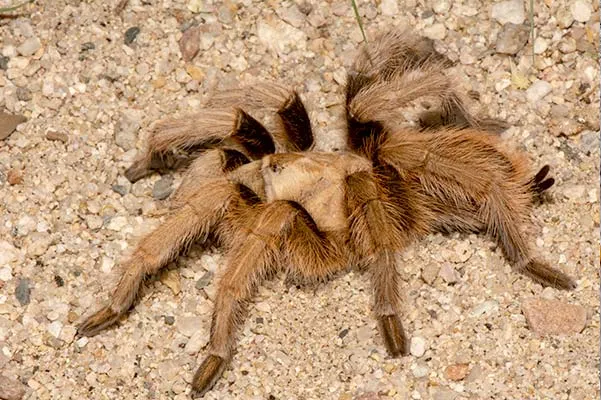Understanding Your Desert Blonde Tarantula’s Eating Habits
Caring for a desert blonde tarantula can be a rewarding experience, but it’s important to understand their unique needs, including their eating habits. These fascinating creatures, native to the arid regions, have specific dietary requirements and behaviors that influence their feeding patterns. A healthy tarantula typically displays a consistent appetite, but various factors can lead to a refusal to eat, causing concern for any tarantula owner. Recognizing what is normal for your pet and being able to identify potential issues is key to ensure their well-being. This guide will delve into the various aspects of tarantula feeding, providing valuable insights and practical advice on how to address and resolve common feeding problems.
Normal Eating Patterns for Desert Blonde Tarantulas
Desert blonde tarantulas, like many other tarantula species, don’t eat every day. Their feeding frequency can vary significantly based on their age, size, and the amount of food they have available. Spiderlings and younger tarantulas tend to eat more frequently, sometimes multiple times a week, to support their rapid growth. As they mature, their metabolism slows down, and they may only need to eat once or twice a week, or even less frequently. An adult desert blonde might consume one to two appropriately sized insects per week. It is crucial to become familiar with the normal eating behaviors of your specific tarantula to readily identify when something is amiss. Observing their eating habits will help you distinguish between typical feeding patterns and potential health issues.
Factors Affecting Appetite in Tarantulas
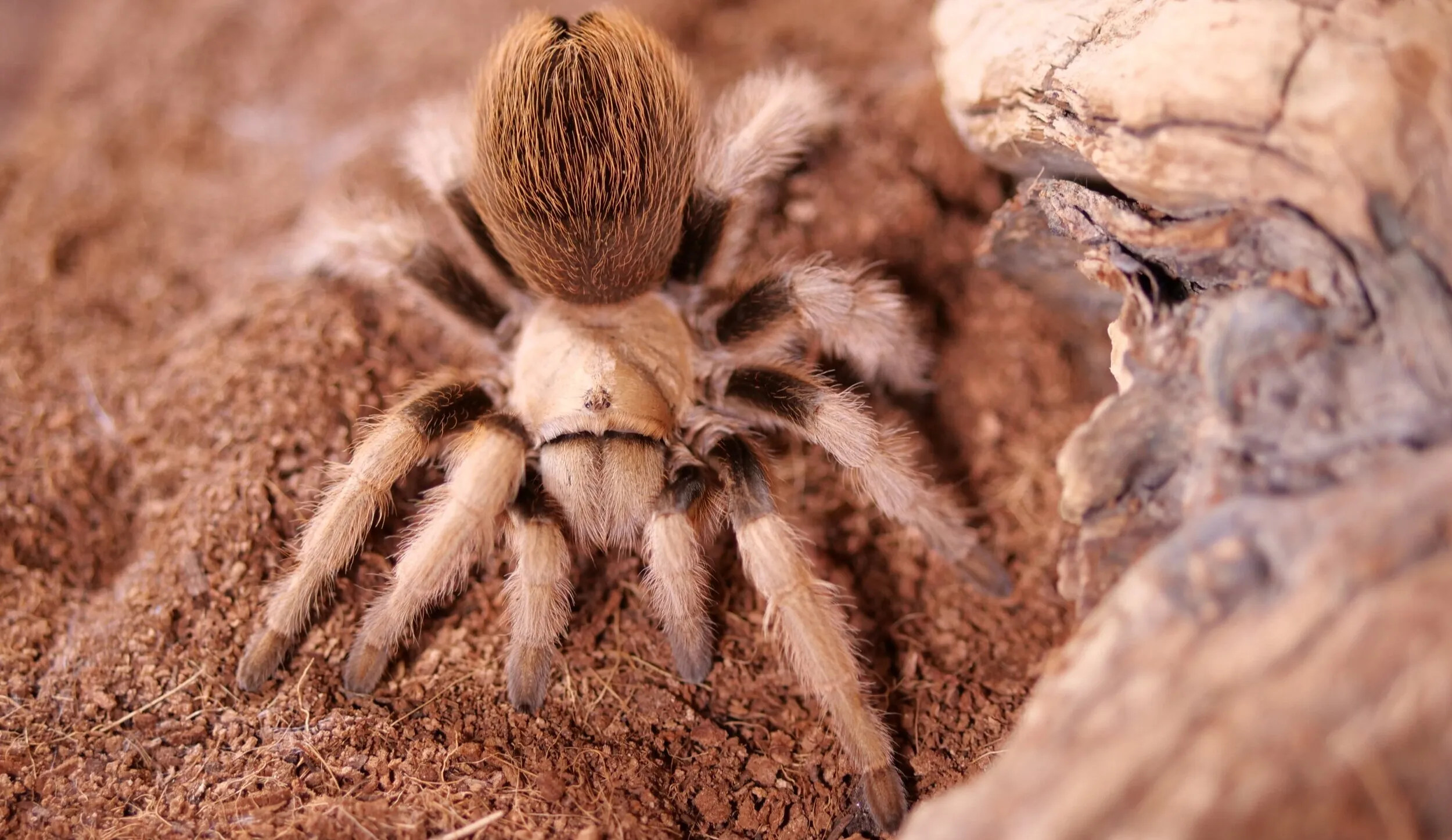
Several environmental and physiological factors can influence a desert blonde tarantula’s appetite. Understanding these factors is essential for correctly assessing whether your tarantula’s behavior is a cause for concern. Temperature, humidity, and even the stress levels within its enclosure play a significant role. A stressed or uncomfortable tarantula may retreat, hide, and refuse food. Furthermore, internal processes, such as the molting cycle, have a strong impact on feeding habits. The tarantula may not be eating due to the ongoing molting process. Monitoring these elements will help you ensure your pet’s health.
Dehydration
Dehydration can be a serious issue for tarantulas, particularly those kept in dry environments. If your desert blonde tarantula is dehydrated, it may lose its appetite. Ensure there is a constant supply of fresh, clean water available in a shallow dish. The water should be accessible at all times. Regular misting can also help maintain humidity and provide a source of hydration. Observe your tarantula for signs of dehydration, such as a wrinkled abdomen or lethargy. Addressing dehydration promptly will help restore its appetite and overall health.
Temperature
Tarantulas are ectothermic, meaning their body temperature is regulated by their environment. If the enclosure is too cold, their metabolism slows down, which can decrease their appetite. Conversely, excessively high temperatures can also be detrimental. Ideally, the enclosure should be kept within a temperature range suitable for desert blonde tarantulas. Use a thermometer to monitor the temperature and ensure it remains within the optimal range. Provide a heat source if necessary, but avoid direct contact. Maintaining the correct temperature is crucial for their well-being, including their eating habits.
Molting Cycle
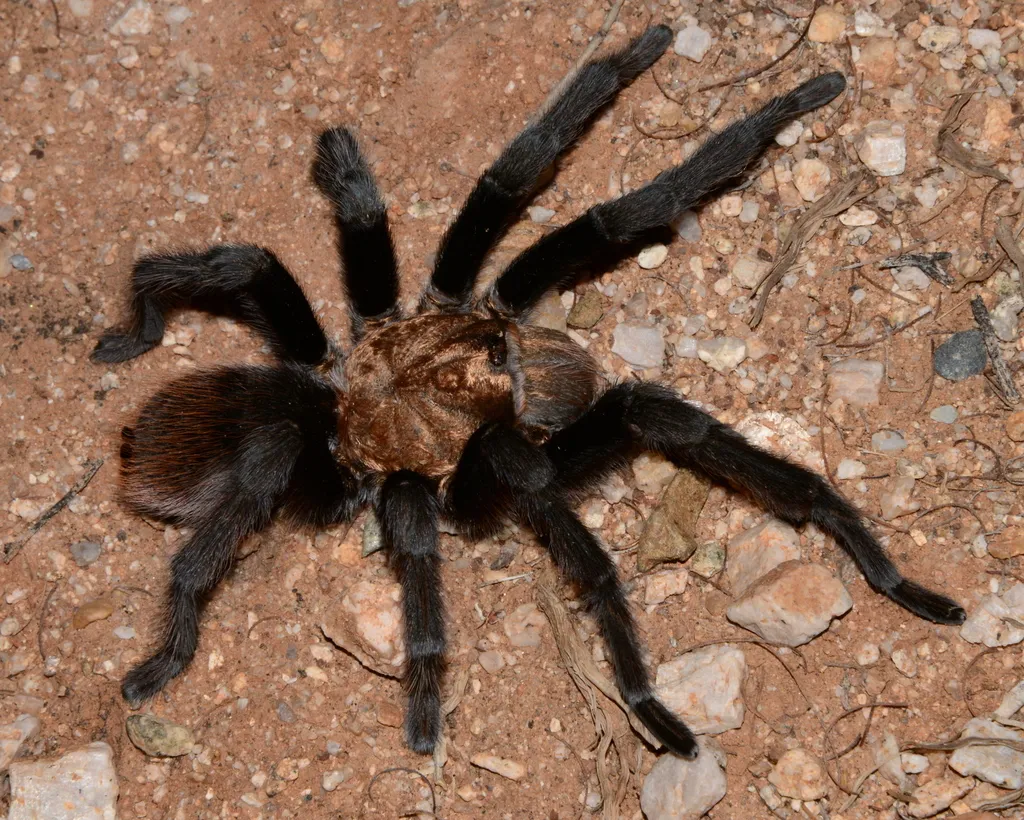
Molting is a natural process where tarantulas shed their exoskeleton to grow. Before molting, the tarantula typically stops eating, and you may notice changes in its behavior. They might become more reclusive, and their abdomen may appear darker or swollen. The tarantula will often seal itself in a burrow or retreat to a secluded area during the molting process. Do not disturb your tarantula during this time. Provide a safe and humid environment, and avoid offering food until after they have successfully molted and their new exoskeleton has hardened. This process can take weeks, so patience is crucial.
Stress and Environmental Factors
Stress can significantly affect a tarantula’s appetite. Several factors can cause stress, including a poorly designed enclosure, excessive handling, and loud noises or vibrations. Provide a secure and appropriately sized enclosure with plenty of hiding places. Avoid handling your tarantula unless necessary, and keep the enclosure in a quiet area. Make sure to maintain appropriate temperature and humidity levels, which are critical for the health and well-being of the tarantula. A comfortable environment can minimize stress and encourage feeding.
Common Causes of Food Refusal in Desert Blonde Tarantulas
When a desert blonde tarantula stops eating, it is essential to investigate the potential causes. Several factors, ranging from natural biological processes to environmental issues, can contribute to loss of appetite. Correctly identifying these problems will help you provide the necessary care and ensure your tarantula remains healthy and thriving. Observing behavior and knowing the environment is important to detect the problem quickly.
Pre-Molting Fasting
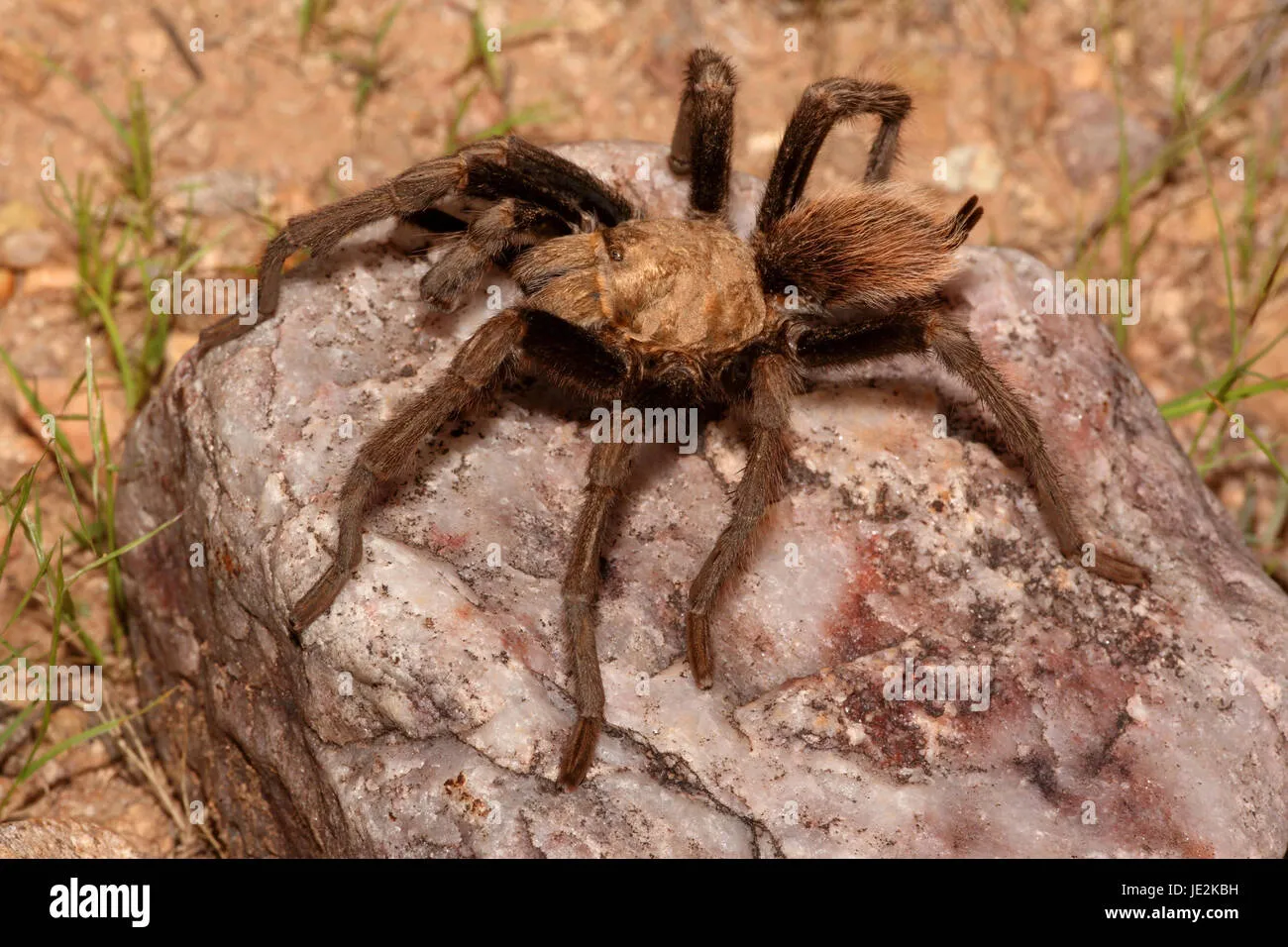
As mentioned earlier, pre-molting fast is a normal part of a tarantula’s life cycle. Before they molt, tarantulas often stop eating. They may appear less active and may retreat to a secluded spot in their enclosure. This fasting can last for several weeks or even months, depending on the tarantula’s age and the frequency of its molting cycle. This is a completely natural behavior and not a cause for immediate concern. However, it’s essential to monitor for other signs that might indicate a more significant problem, such as parasites or illness. Ensuring a humid and safe environment is key during this period.
Impending Molt Signs
There are specific signs to watch for to determine if your desert blonde tarantula is about to molt. The abdomen may appear darker and swollen, and the tarantula may become less active. You might also notice the tarantula sealing itself off in its burrow or creating a web mat to lie on. Providing a safe environment with adequate humidity during the molting process is essential. Avoid disturbing the tarantula and refrain from offering food. After molting, the tarantula’s appetite will gradually return as the new exoskeleton hardens.
Parasites and Illnesses
Parasites and illnesses can also cause a tarantula to stop eating. Internal parasites can interfere with digestion and overall health, leading to a loss of appetite. Other illnesses, such as bacterial or fungal infections, can also contribute to this issue. If you suspect parasites or an illness, it is crucial to consult with a veterinarian experienced in treating arachnids. Look for other signs of illness, such as lethargy, unusual behavior, or physical abnormalities. Early detection and treatment are critical for a positive outcome.
Improper Husbandry
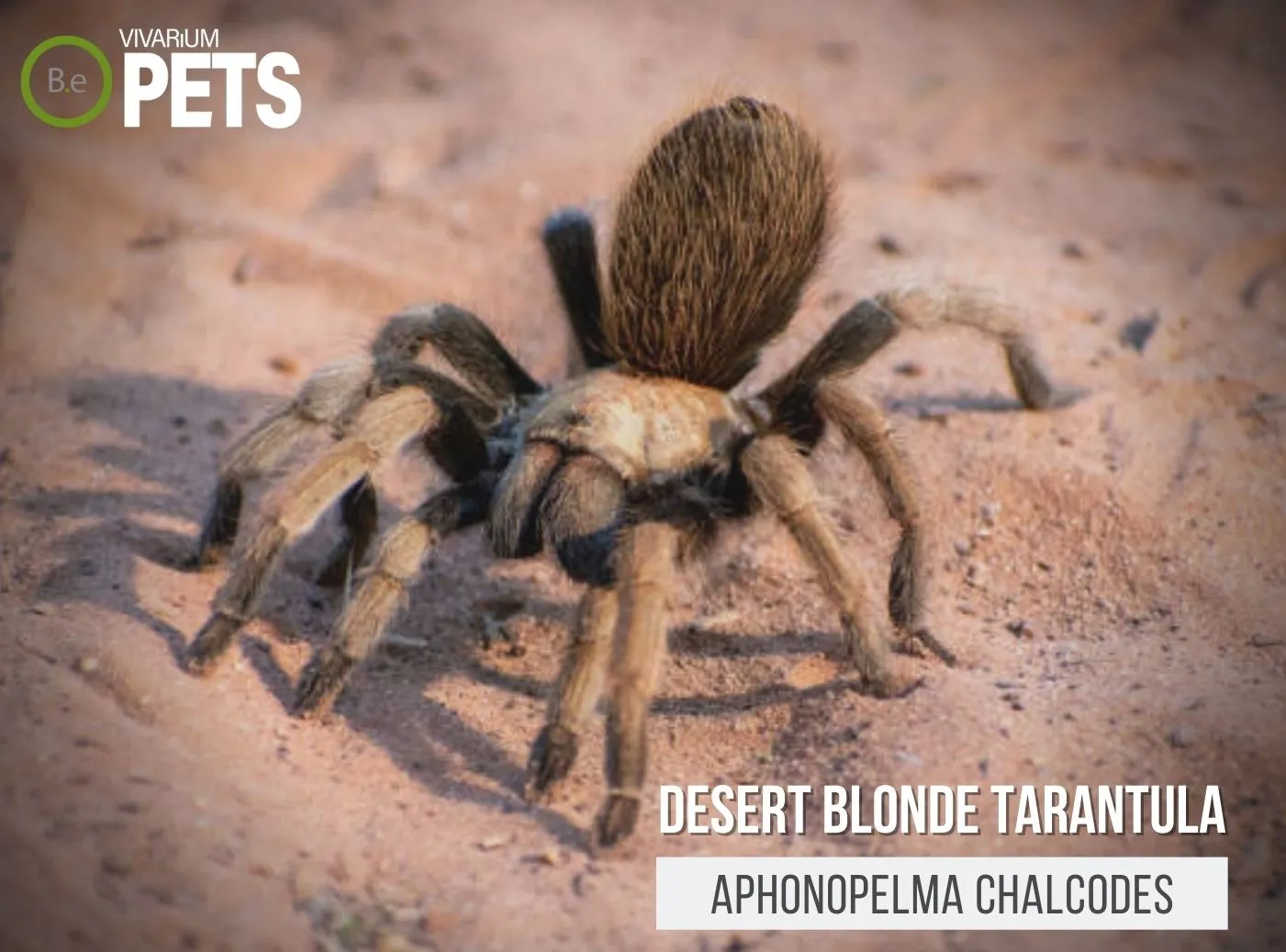
Poor husbandry practices are often the culprit behind a tarantula’s refusal to eat. This includes issues such as inadequate temperature or humidity levels, a lack of suitable substrate, and improper enclosure setup. Improper husbandry can lead to stress, dehydration, and other health problems that negatively affect the tarantula’s appetite. Regularly check and maintain the environmental conditions of the enclosure to ensure optimal conditions. A well-maintained environment is essential for a healthy and happy tarantula.
Incorrect Enclosure Setup
The enclosure setup plays a crucial role in the well-being of your desert blonde tarantula. An enclosure that is too small or poorly ventilated can cause stress and affect its appetite. Ensure the enclosure is the correct size for the tarantula, providing enough space for movement and exploration. It needs to be properly ventilated to prevent the buildup of harmful gases and maintain the correct humidity. Provide a hiding place, such as a cork bark or a hide, where the tarantula can feel secure. A well-designed enclosure will minimize stress and encourage your tarantula to eat.
Overfeeding
Overfeeding is another potential problem that can lead to a loss of appetite. Tarantulas do not require a large amount of food. Feeding them too frequently or offering prey that is too large can cause digestive issues and may result in food refusal. Feed your tarantula the appropriate amount of food based on its size and age. Remove any uneaten prey within 24 hours to prevent stress on the tarantula. Adjust the feeding schedule based on the tarantula’s eating habits and overall health.
How to Encourage Your Tarantula to Eat
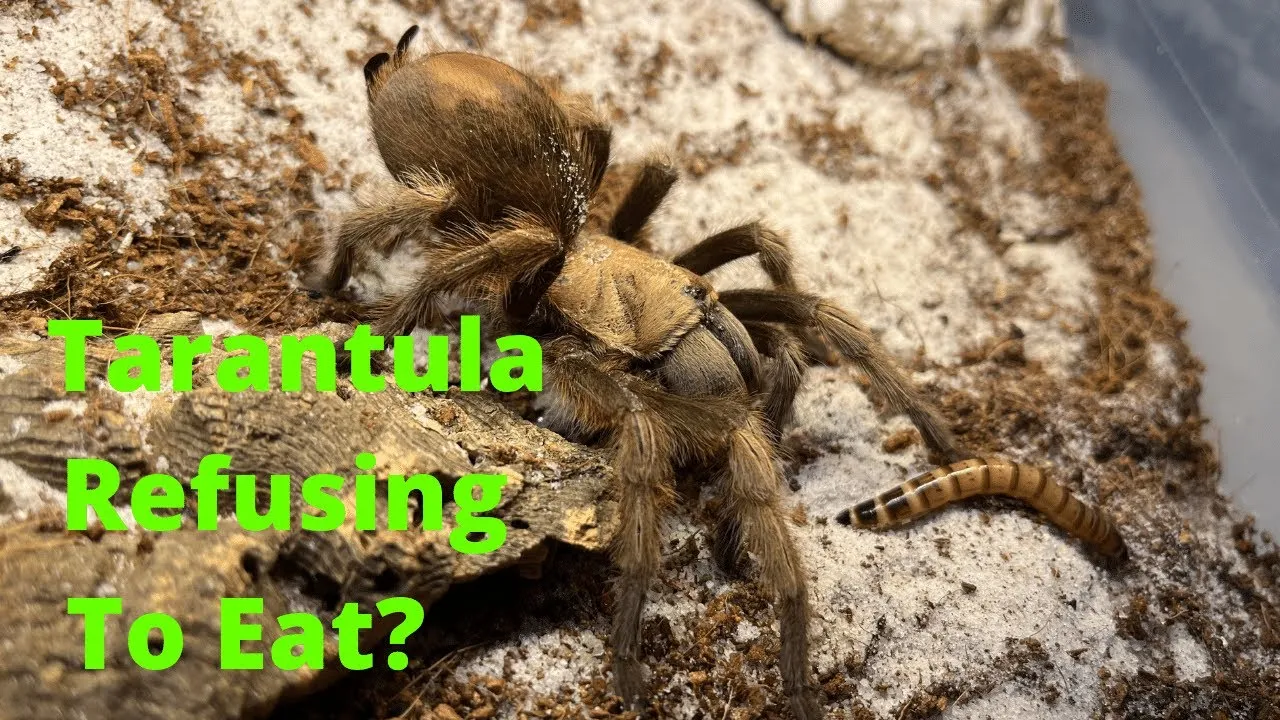
If your desert blonde tarantula is refusing to eat, there are several steps you can take to encourage it to feed. These include making environmental adjustments, offering different types of prey, and carefully monitoring its health. It is also essential to remain patient. Sometimes, tarantulas simply need time to adjust. By addressing the underlying causes of food refusal and providing optimal care, you can help your tarantula regain its appetite and thrive.
Environmental Adjustments
Adjusting the environment can significantly impact a tarantula’s appetite. Ensure the enclosure is at the correct temperature and humidity levels. Monitor the temperature with a thermometer and the humidity with a hygrometer, and make adjustments as needed. Reduce any potential stressors, such as excessive noise or handling. Provide a secure hiding place, such as a cork bark or a hide. Consider moving the enclosure to a less active area of your home. Providing an optimal and stress-free environment is often the first step in encouraging your tarantula to eat.
Temperature and Humidity
Maintaining the correct temperature and humidity levels is crucial for a desert blonde tarantula’s well-being. Use a heat source, such as a heat mat, to maintain the correct temperature, but be careful not to overheat the enclosure. Ensure a suitable humidity level to prevent dehydration. Regularly mist the enclosure with water, but avoid oversaturating the substrate. Use a hygrometer to monitor the humidity and make necessary adjustments. Proper temperature and humidity will not only encourage feeding but also support the overall health and promote a healthy molting cycle.
Providing a Secure Enclosure
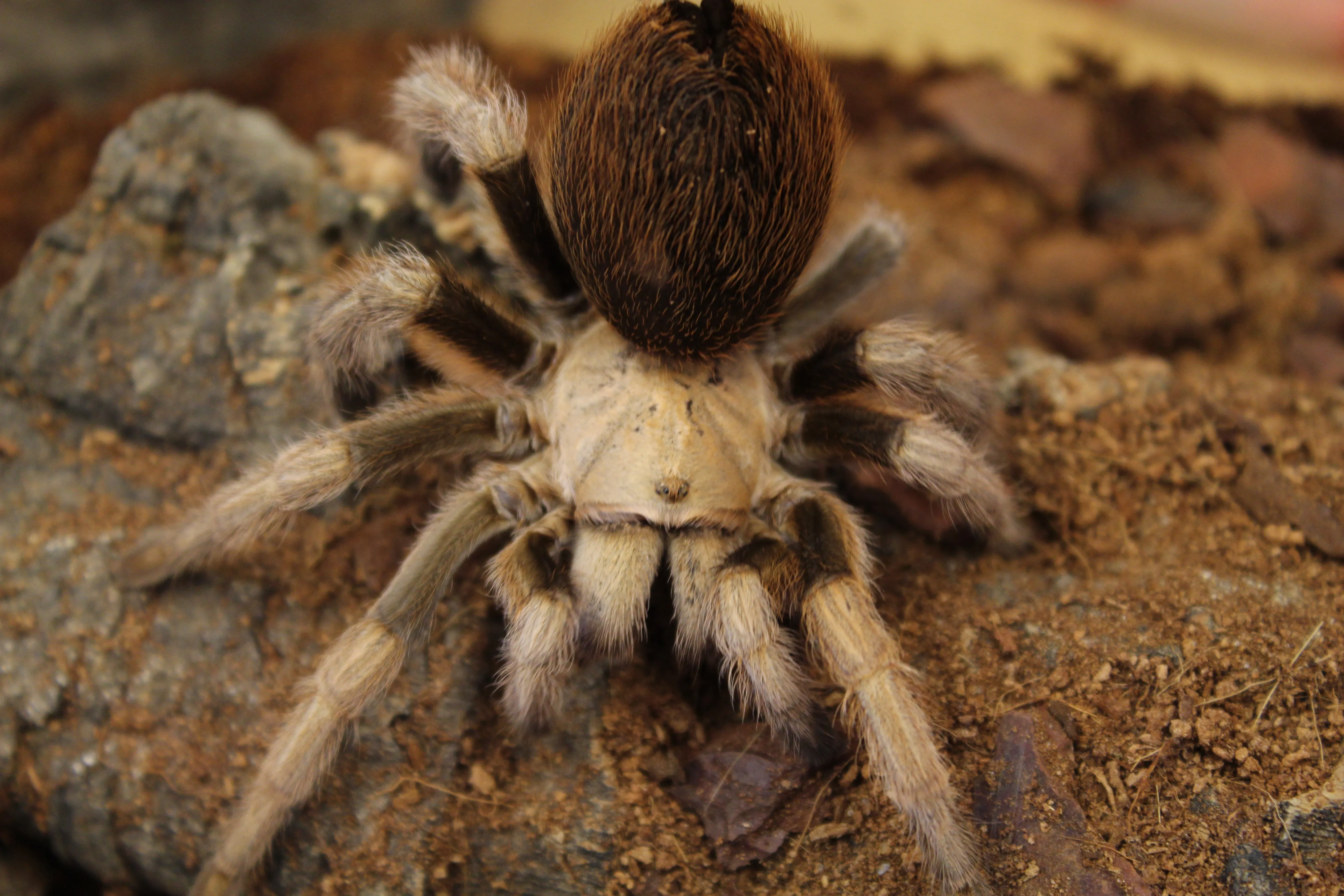
A secure enclosure is essential for reducing stress. Provide a hiding place where the tarantula can retreat. Ensure the enclosure is the appropriate size. Avoid frequent disturbances. Make sure the enclosure is located in a quiet, low-traffic area of your home. A secure environment provides a sense of safety, and it can help a tarantula feel comfortable enough to eat.
Offering Variety in Diet
Offering a variety of prey items can sometimes stimulate a tarantula’s appetite. While crickets are a common food source, tarantulas may also enjoy other insects. Try offering different prey, such as mealworms, roaches, or even pre-killed prey. Ensure that the prey is appropriately sized and has been gut-loaded, meaning they have been fed nutritious food prior to being offered to your tarantula. By providing a variety of food choices, you can make the feeding experience more interesting and potentially encourage your tarantula to eat. Introducing new foods can sometimes pique their interest.
Live vs. Pre-Killed Prey
Some tarantulas prefer live prey, while others may be more comfortable with pre-killed insects. Live prey provides the tarantula with the opportunity to hunt, which can stimulate their appetite. However, live prey can also pose a risk, as they might injure the tarantula if not captured immediately. Pre-killed prey eliminates this risk, but some tarantulas may not recognize it as food. Experiment with both options and observe your tarantula’s response. If your tarantula is reluctant to eat live prey, try offering pre-killed prey, or vice versa, to find a preference.
Appropriate Prey Size
The size of the prey is a crucial factor. The prey should be no larger than the tarantula’s body length. Offering prey that is too large can be overwhelming and potentially dangerous. It can also discourage your tarantula from eating. For smaller tarantulas, offer smaller prey items, such as small crickets or fruit flies. As they grow, you can gradually increase the size of the prey. It is recommended to remove any uneaten prey within 24 hours to avoid stressing the tarantula. This simple step can significantly improve their feeding habits.
Monitoring and Observation
Close monitoring and observation are essential when dealing with a tarantula that is refusing to eat. By carefully watching their behavior, you can identify potential problems and take corrective action. Note any changes in their activity levels, appearance, or overall behavior. Detailed observations will provide vital clues about their health and the underlying reasons for their loss of appetite. Observing your tarantula’s actions, from their movements to the way they interact with their environment, provides a wealth of information about their health and well-being.
Identifying Potential Problems
Regularly check your tarantula for any signs of illness or injury. Look for any unusual behavior, such as lethargy, loss of balance, or a change in posture. Examine the tarantula for any physical abnormalities, such as swelling, discoloration, or lesions. Observe their enclosure, substrate, and water dish to ensure they remain in good condition. Also, watch for any signs of parasites, such as tiny mites or other insects. Promptly addressing these problems will improve the likelihood of recovery.
When to Seek Veterinary Advice
If your desert blonde tarantula continues to refuse food for an extended period, or if you notice any other signs of illness, it’s important to seek veterinary advice. Consult a veterinarian who specializes in exotic animals, particularly arachnids. They can perform a thorough examination and diagnose any underlying health issues. They may recommend specific treatments or medications to help your tarantula. Do not hesitate to seek professional help when needed, as early intervention can greatly improve the chances of a positive outcome. Your veterinarian will be able to provide accurate diagnosis and the best plan for your pet.
Conclusion
Dealing with a desert blonde tarantula that refuses to eat can be concerning, but by understanding the underlying causes and implementing the right strategies, you can often help your pet regain its appetite and maintain its health. Remember that patience is essential. By carefully monitoring your tarantula, adjusting its environment, and providing the right care, you can ensure your desert blonde tarantula thrives. If you have any concerns, do not hesitate to seek professional advice. With proper care, your desert blonde tarantula can live a long and healthy life.
